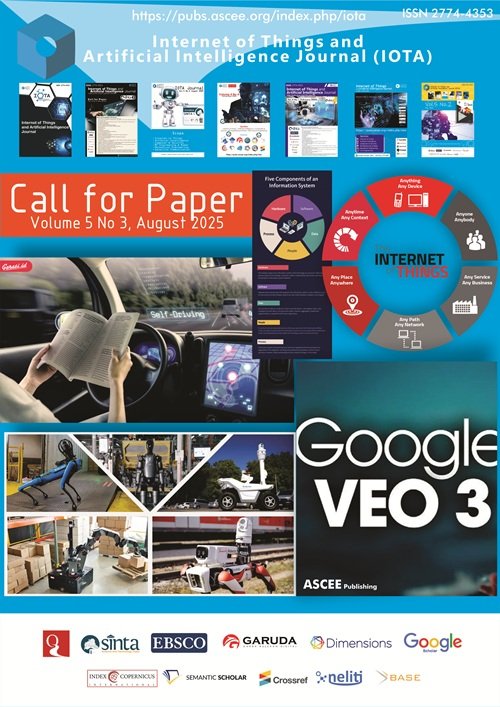Advancing Vehicle Routing with Three-Dimensional Load Constraints: A Novel Genetic Algorithm and Space Optimization Approach
DOI:
https://doi.org/10.31763/iota.v5i3.1004Keywords:
vehicle routing problem, three-dimensional loading (3D loading), genetic algorithm, residual space optimization, heuristic, logistics optimizationAbstract
This study addresses the Capacitated Vehicle Routing Problem with Three-Dimensional Loading Constraints, a critical logistics challenge that requires simultaneous optimization of delivery routes and spatial packing efficiency. The objective is to develop a robust metaheuristic that improves travel distance while ensuring feasible three-dimensional payload arrangements. We propose a hybrid algorithm combining an Improved Genetic Algorithm with a Residual Space Optimizer, integrating evolutionary route search with a dedicated spatial packing module to evaluate and exploit residual volume. The method employs population-based genetic operators for route optimization and a geometric packing routine that simulates item placement and residual space utilization to enforce loading feasibility. Experimental evaluation on a modified Cordeau benchmark demonstrates that the proposed method yields substantial performance gains: total travel distance reduced to 102.60 units and vehicle utilization improved with a load factor above 30%, representing a 29.6% decrease in distance compared with an enhanced Artificial Bee Colony baseline. Convergence analysis shows rapid improvement in early generations and stable refinement thereafter, indicating effective exploration and exploitation balance. The results imply that coupling route optimization with explicit three-dimensional packing assessment produces practical, high-quality solutions for real-world logistics. The proposed framework offers a scalable template for further hybridization and testing on larger, industry-relevant datasets.


